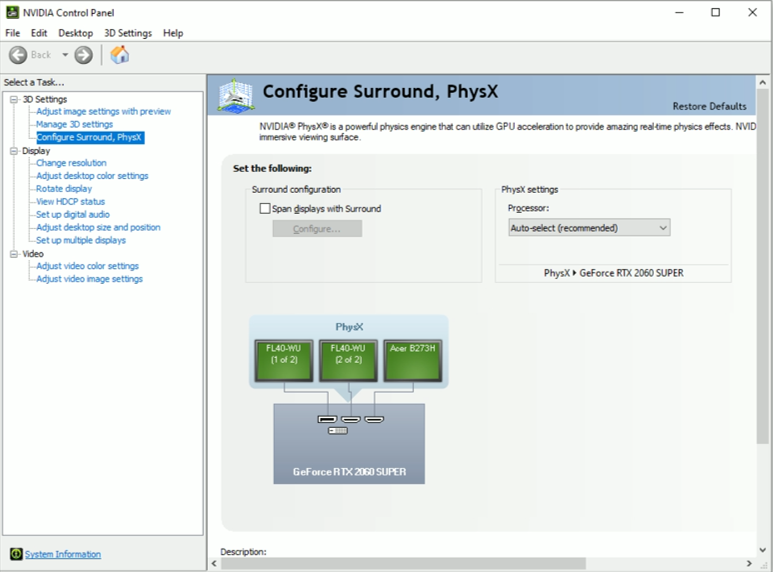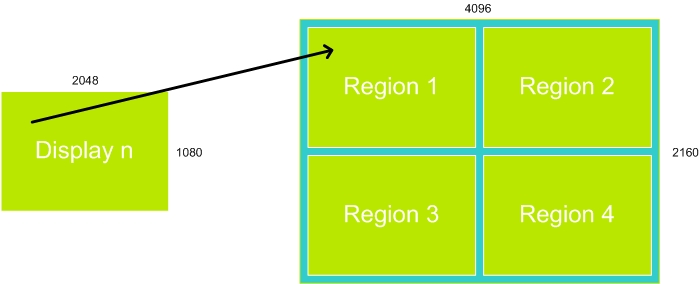
To describe the process of geometric correction in greater detail, we have taken the example of projecting onto a curved surface.

The image is warped so when it is projected onto the screen it is visually correct.įorms of image warping can be found in many projector models, with a function known as keystone correction being the most common. This process is also referred to as distortion correction or geometric correction.


Image warping (geometric correction) is used to make an image look visually correct when it is projected onto a non-planar screen.


 0 kommentar(er)
0 kommentar(er)
